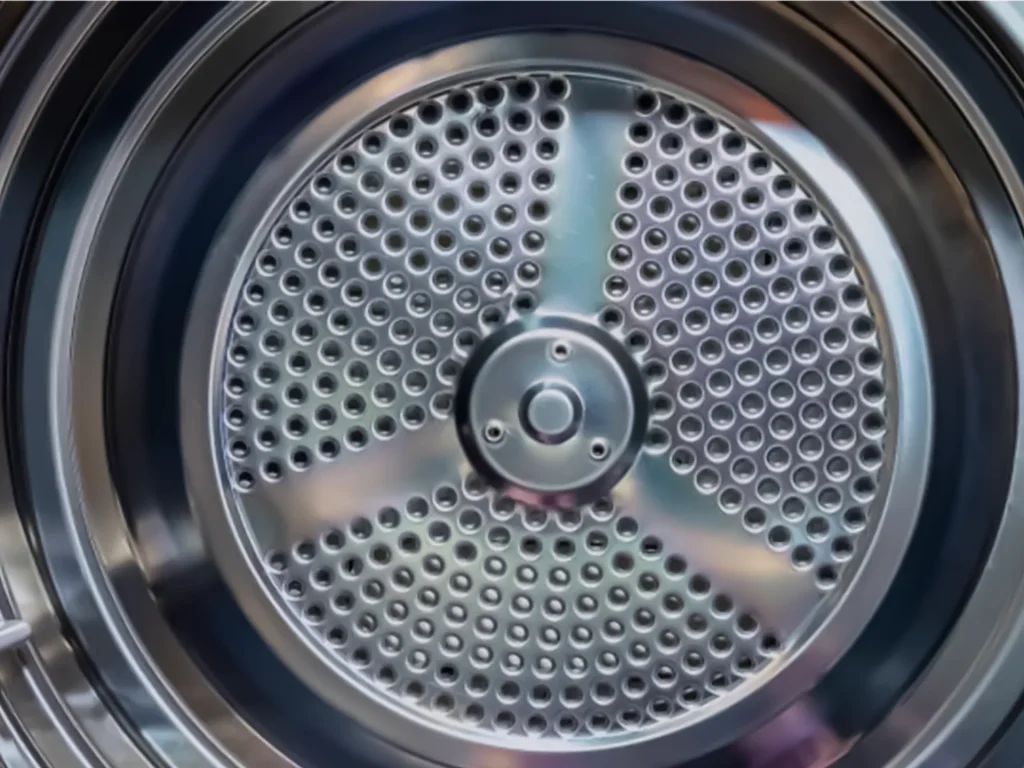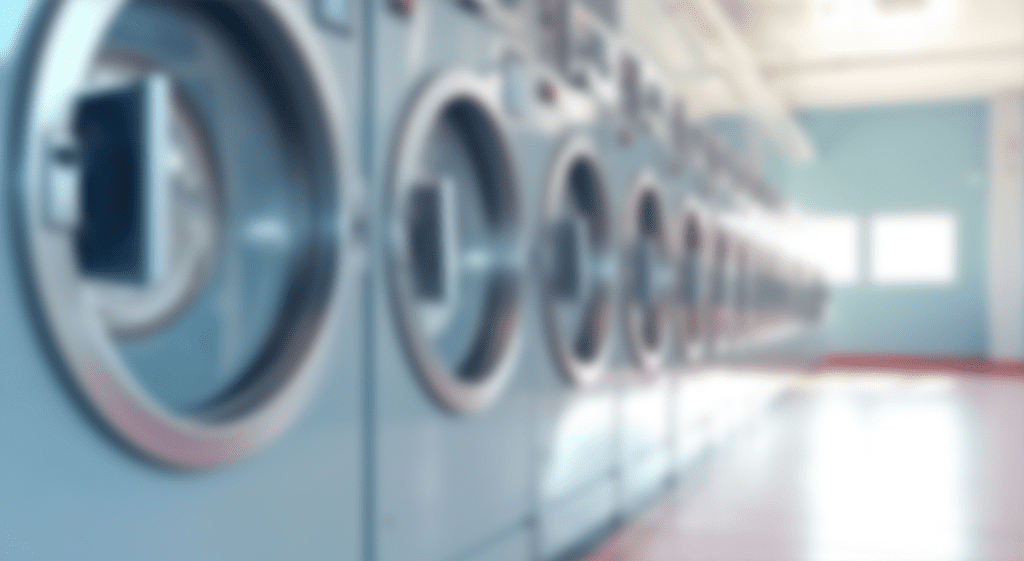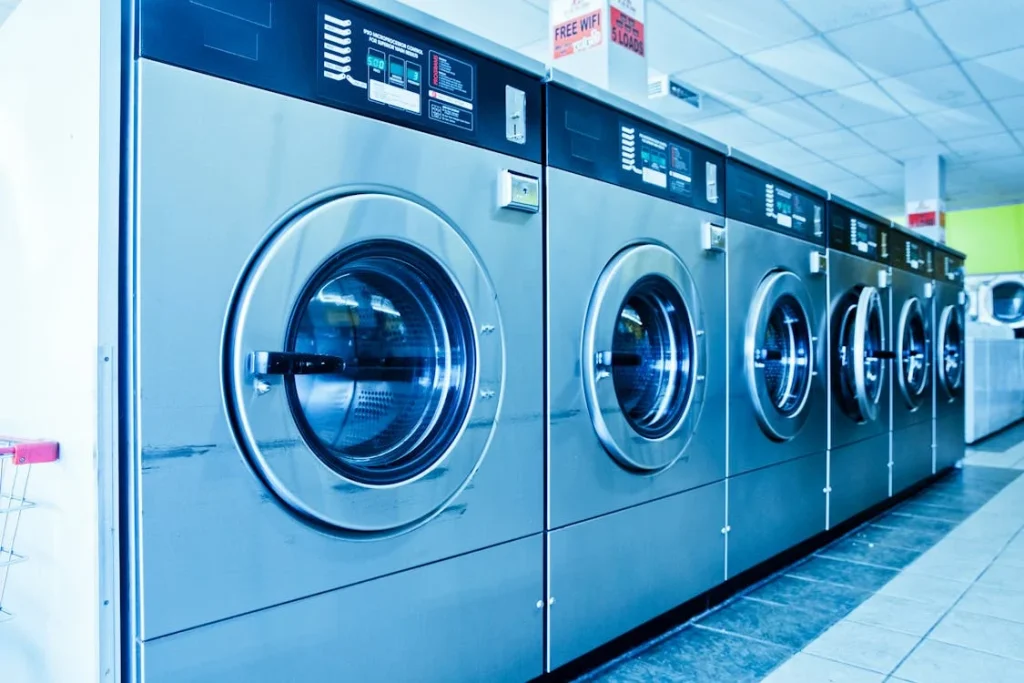Keeping linens clean in high-traffic industries like hotels, hospitals, and restaurants isn’t just about hygiene—it’s about ensuring quality and longevity. Industrial laundry services provide large-scale, efficient cleaning, but proper linen preparation is crucial for the best results. Wondering how to get your linens ready? Let’s break it down step by step.
Table of Contents
- 1. Understanding Industrial Laundry
- 2. Why Proper Linen Preparation Matters
- 3. Step-by-Step Guide to Preparing Your Linens
- 4. Common Mistakes to Avoid When Preparing Linens
- 5. Conclusion and Final Tips
- 6. FAQs
- 1. How often should linens be sent for industrial laundry?
- 2. Can I mix different fabric types in one load?
- 3. What’s the best way to remove tough stains before sending linens for laundry?
- 4. Is it okay to use fabric softeners on linens?
- 5. How can I prevent linens from getting damaged during industrial washing?
1. Understanding Industrial Laundry

1.1. What is Industrial Laundry?
Industrial laundry refers to large-scale washing and cleaning processes designed for bulk linens, uniforms, and textiles. Unlike home washing, these facilities use high-capacity machines, specialized detergents, and strict quality controls to maintain cleanliness and fabric integrity.
1.2. Benefits of Industrial Laundry Services
Why choose industrial laundry over in-house washing? Here are a few advantages:
- Efficiency – Washes large volumes at once.
- Deep Cleaning – Removes tough stains and bacteria.
- Cost-Effective – Reduces the need for frequent linen replacements.
- Eco-Friendly – Uses water and energy-efficient machines.
2. Why Proper Linen Preparation Matters
2.1. Extending the Lifespan of Your Linens
Properly preparing linens before industrial laundering helps reduce wear and tear. Simple steps like pre-sorting and stain treatment can keep your linens looking fresh for longer, saving money on replacements.
2.2. Improving Cleaning Efficiency
When linens are pre-sorted and treated, they get cleaned more thoroughly. Overlooking preparation can lead to inadequate washing, causing stains to set in and dirt to linger.
2.3. Reducing Damage and Shrinkage
Mishandling fabrics can cause shrinkage, fiber damage, or even loss of softness. Following the right prep techniques ensures that your linens remain in top shape.
3. Step-by-Step Guide to Preparing Your Linens
3.1. Step 1: Sort Linens by Type and Fabric
Sorting your linens before washing prevents damage and ensures effective cleaning.
3.1.1. Separating Cotton, Polyester, and Blends
Each fabric type has unique washing needs. Cotton requires gentle cycles, while polyester withstands higher temperatures. Mixing them can lead to excessive wear.
3.1.2. Sorting by Soil Level
Grouping heavily soiled linens separately prevents dirt from transferring to lightly soiled fabrics. This technique ensures every piece gets the right amount of cleaning.
3.2. Step 2: Inspect for Stains and Damage
Before sending linens to the wash, check for stains and damage.
3.2.1. Identifying Tough Stains
Oils, wine, ink, and food stains require special treatment. Marking these spots beforehand ensures they receive targeted cleaning.
3.2.2. Checking for Tears and Weak Spots
Small rips can worsen in the washing machine. Fixing them before laundering extends the life of your linens.
3.3. Step 3: Pre-Treat Stains Properly
3.3.1. Using the Right Pre-Treatment Solutions
Different stains require different treatments. Protein-based stains (blood, sweat) need enzymatic cleaners, while grease stains require degreasers.
3.3.2. Best Practices for Stain Removal
Apply stain remover before washing and let it sit for at least 10–15 minutes. Avoid rubbing, as it can weaken fabric fibers.
3.4. Step 4: Shake Out and Unfold Linens
3.4.1. Preventing Tangling in the Wash Cycle
Folded or bunched-up linens trap dirt and prevent even washing. A quick shake helps distribute detergent more effectively.
3.4.2. Ensuring Even Cleaning
Properly unfolded linens receive equal exposure to water and soap, enhancing the cleaning process.
3.5. Step 5: Follow Specific Washing Instructions
3.5.1. Checking Manufacturer Labels
Always read care labels to determine the right washing settings and temperature.
3.5.2. Recommended Water Temperature and Detergents
Using excessively hot water can cause shrinkage, while strong detergents may weaken fibers. Stick to recommended guidelines for optimal results.
3.6. Step 6: Bagging and Transporting Linens Safely
3.6.1. Proper Laundry Bag Selection
Use breathable mesh bags for delicate fabrics and sealed bags for heavily soiled items to prevent cross-contamination.
3.6.2. Preventing Cross-Contamination
Keeping dirty and clean linens separate ensures hygiene and compliance with industry standards.
4. Common Mistakes to Avoid When Preparing Linens
4.1. Overloading the Machine
Stuffing too many linens into one load reduces washing efficiency. Give fabrics enough room to circulate.
4.2. Using Harsh Chemicals Improperly
Overusing bleach and strong detergents can cause discoloration and weaken fabric integrity.
4.3. Ignoring Manufacturer Guidelines
Not following care labels leads to premature wear and ineffective cleaning.
5. Conclusion and Final Tips
Proper linen preparation makes a world of difference in industrial laundry results. Sorting, inspecting, pre-treating, and following washing guidelines extend the life of your textiles while ensuring a deep clean. By taking a few extra minutes to prepare your linens, you can maintain their quality, improve hygiene, and cut down on unnecessary replacements. Need expert laundry solutions? Contact us today to keep your linens spotless and long-lasting!
Here are some other articles that we think might interest you:
Industrial Washing Machine Parts and Functions
Extending the Lifespan of Your Industrial Washing Machine
Safety Precautions When Operating Industrial Washing Machines
6. FAQs
1. How often should linens be sent for industrial laundry?
It depends on usage, but hotels and hospitals typically send linens daily, while restaurants do so a few times a week.
2. Can I mix different fabric types in one load?
No, mixing fabrics can lead to uneven cleaning and potential damage. Always separate by material and soil level.
3. What’s the best way to remove tough stains before sending linens for laundry?
Use a stain-specific pre-treatment solution and let it sit for at least 10 minutes before washing.
4. Is it okay to use fabric softeners on linens?
It depends. While fabric softeners make linens feel softer, they can also reduce absorbency, especially for towels.
5. How can I prevent linens from getting damaged during industrial washing?
Sort linens correctly, use proper washing techniques, and avoid overloading machines to maintain fabric integrity.
Here are some other articles that we think might interest you:
What is the definition of Industrial Laundry?


